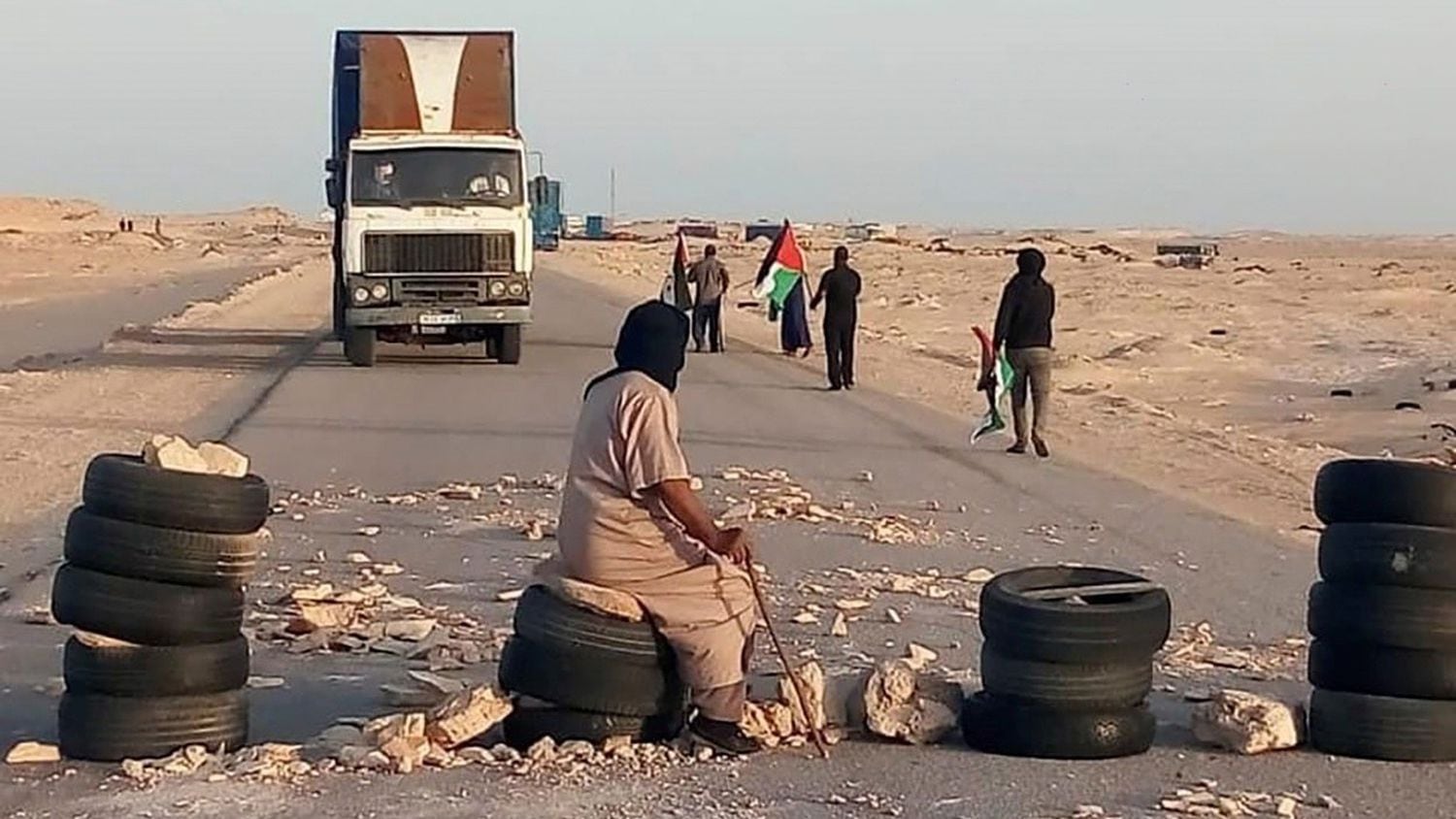
During his lifetime, victories in the south expanded the Mughal Empire to more than 3.2 million square kilometres (1.2 million square miles), ruling over more than 150 million subjects, nearly one quarter of the world's population a the time, with a combined GDP of over $90 billion. The Mughal Empire reached the zenith of its territorial expanse during the reign of Aurangzeb and also started its terminal decline in his reign due to Maratha military resurgence under Shivaji Bhosale. He erected several large monuments, the best known of which is the Taj Mahal at Agra, as well as the Moti Masjid, Agra, the Red Fort, the Jama Masjid, Delhi, and the Lahore Fort. The reign of Shah Jahan, the fifth emperor, between 1628–58 was the golden age of Mughal architecture. Newly coherent social groups in northern and western India, such as the Marathas, the Rajputs, the Pashtuns, the Hindu Jats and the Sikhs, gained military and governing ambitions during Mughal rule, which, through collaboration or adversity, gave them both recognition and military experience. The Mughal Empire did not try to intervene in the local societies during most of its existence, but rather balanced and pacified them through new administrative practices and diverse and inclusive ruling elites, leading to more systematic, centralised, and uniform rule. All Mughal emperors were Muslims, except Akbar in the latter part of his life, when he followed a new religion called Deen-i-Ilahi, as recorded in historical books like Ain-e-Akbari and Dabestan-e Mazaheb. Some Rajputkingdoms continued to pose a significant threat to Mughal dominance of northwestern India, but they were subdued by Akbar.


The beginning of the empire is conventionally dated to the founder Rajput kingdoms. The Mughal Empire (Urdu: مغلیہ سلطنت, Mug̱ẖliyah Salṭanat) or Mogul Empire, self-designated as Gurkani ( Persian: گورکانیان, Gūrkāniyān, meaning "son-in-law"), was an empire established and ruled by a Persianate dynasty of Chagatai Turco-Mongol origin that extended over large parts of the Indian subcontinent and Afghanistan.


 0 kommentar(er)
0 kommentar(er)
